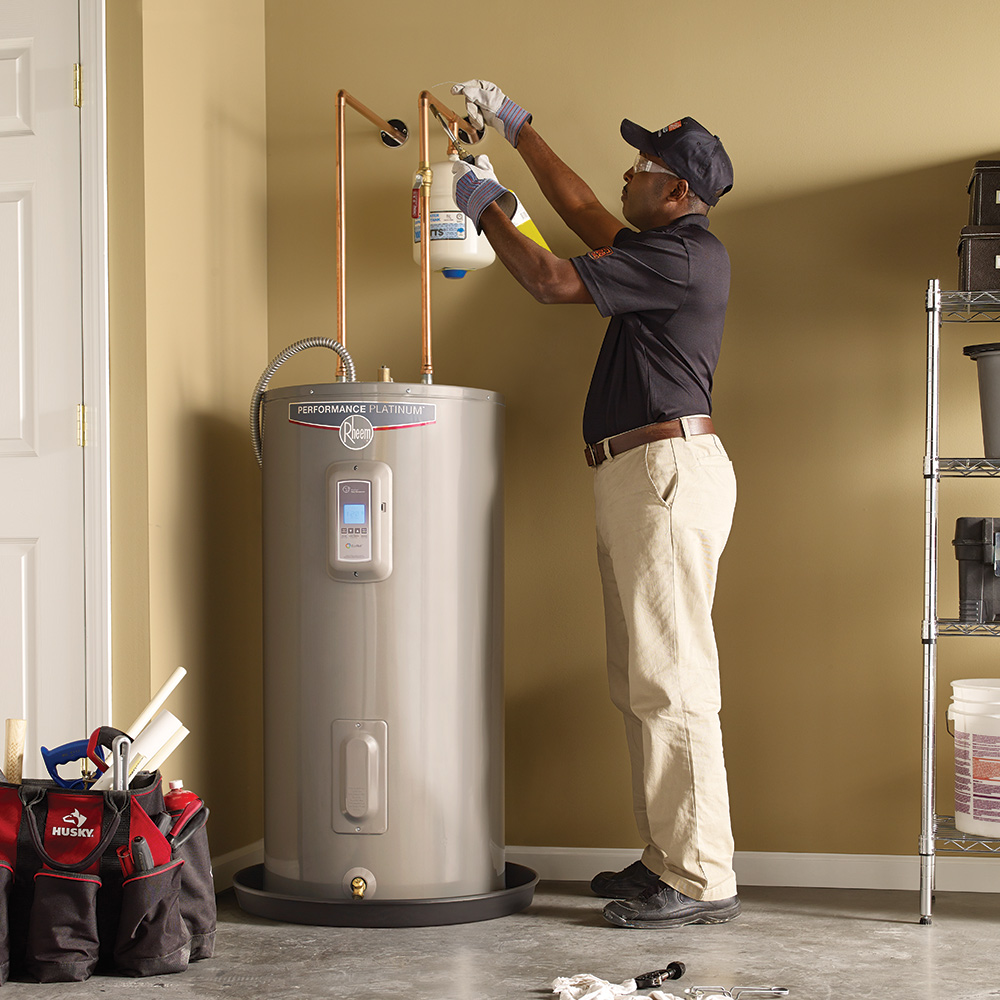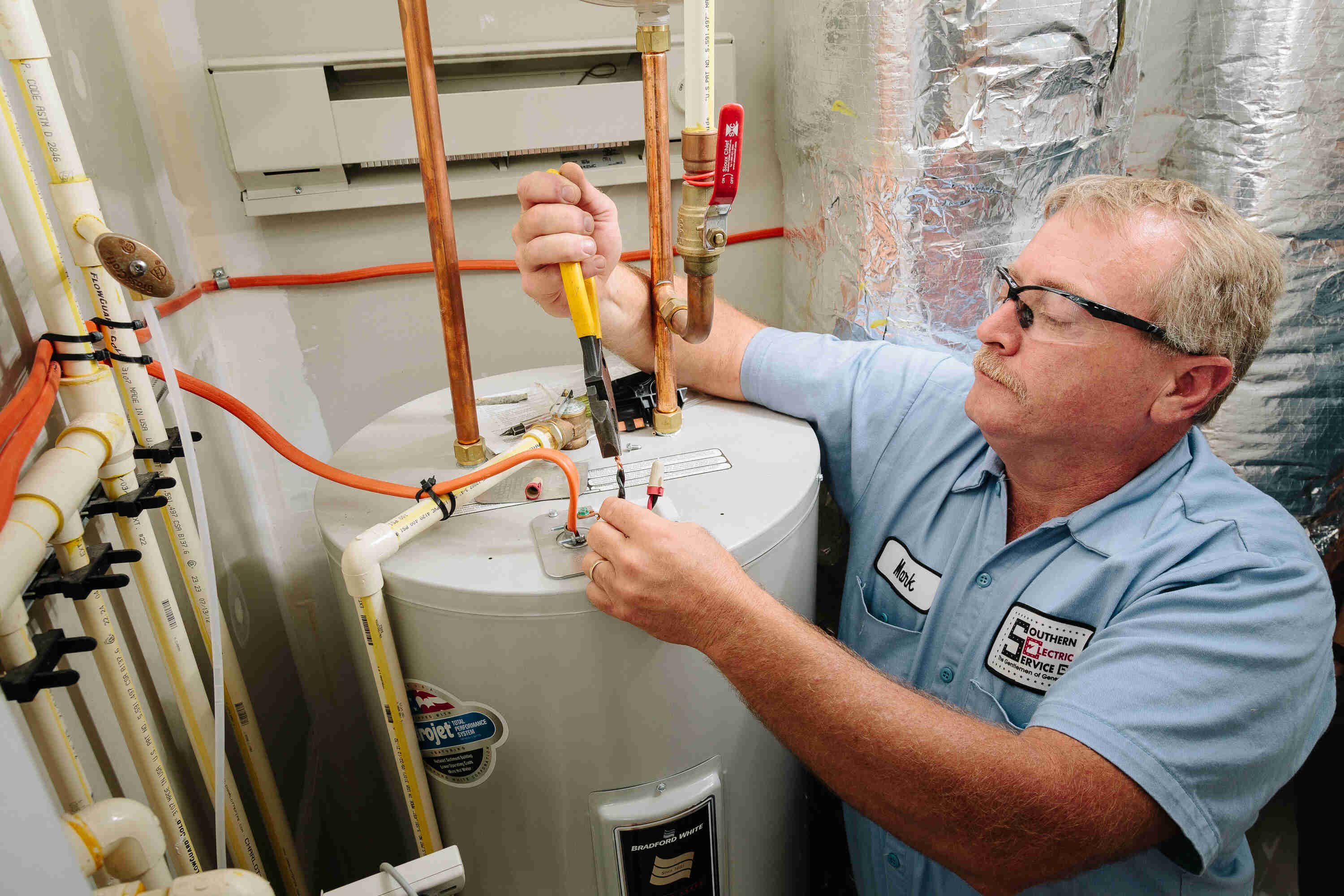Are you currently interested in selective information on Tips For Maintaining Your Hot Water Heater?

Hot water is crucial for daily comfort, whether it's for a revitalizing shower or washing recipes. To ensure your warm water system runs successfully and lasts longer, regular maintenance is key. This write-up gives functional suggestions and understandings on just how to maintain your home's hot water system to avoid disturbances and expensive fixings.
Introduction
Maintaining your home's warm water system might seem challenging, yet with a few simple steps, you can guarantee it operates efficiently for many years to come. This overview covers every little thing from recognizing your hot water system to DIY upkeep pointers and understanding when to call professional assistance.
Value of Keeping Your Hot Water System
Normal upkeep not only extends the life expectancy of your warm water system yet additionally ensures it operates effectively. Ignoring upkeep can bring about lowered performance, higher energy bills, and also premature failing of the system.
Signs Your Warm Water System Requirements Maintenance
Understanding when your hot water system needs interest can stop significant problems. Keep an eye out for signs such as inconsistent water temperature, strange noises from the heater, or rusty water.
Flushing the Water Heater
Flushing your water heater removes debris buildup, boosting effectiveness and prolonging its life.
Checking and Replacing Anode Rods
Anode rods prevent corrosion inside the tank. Inspecting and replacing them when broken is vital.
Complicated Concerns Calling For Specialist Aid
Instances consist of significant leakages, electrical problems, or if your hot water heater is continually underperforming.
Regular Specialist Upkeep Perks
Specialist upkeep can include comprehensive inspections, tune-ups, and ensuring compliance with safety criteria.
Checking and Changing Temperature Setups
Changing the temperature settings makes sure ideal performance and security.
Do It Yourself Tips for Maintenance
You can do a number of maintenance jobs yourself to maintain your hot water system in leading condition.
Looking for Leakages
Frequently inspect pipes and links for leaks, as these can cause water damages and greater bills.
Recognizing Your Warm Water System
Prior to diving right into upkeep tasks, it's useful to recognize the fundamental elements of your warm water system. Commonly, this consists of the hot water heater itself, pipelines, anode poles, and temperature controls.
Month-to-month Upkeep Tasks
Routine monthly checks can assist capture minor concerns before they escalate.
Testing Pressure Relief Valves
Examining the pressure safety valve ensures it works properly and prevents extreme stress buildup.
Protecting Pipelines
Insulating warm water pipelines decreases warmth loss and can save energy.
When to Call a Specialist
While DIY upkeep is beneficial, some issues need specialist competence.
Conclusion
Normal upkeep of your home's warm water system is necessary for performance, durability, and cost savings. By adhering to these suggestions and recognizing when to seek professional assistance, you can make sure a reputable supply of warm water without unexpected interruptions.
How to Maintain an Instant Hot Water Heater
Before tinkering with your hot water heater, make sure that it’s not powered on. You also have to turn off the main circuit breaker and shut off the main gas line to prevent accidents. Also turn off the water valves connected to your unit to prevent water from flowing into and out of the appliance. 2. When you’re done, you have to detach the purge valves’ caps. These look like the letter “T†and are situated on either side of the water valves. Doing so will release any pressure that has accumulated inside the valves while at the same time avoid hot water from shooting out and burning your skin. 3. When the purge valves’ caps are removed, you have to connect your hosing lines to the valves. Your unit should have come with three hoses but if it didn’t, you can purchase these things from any hardware or home repair shops. You can also get them from retail stores that sell water heating systems. Read the user’s manual and follow it to complete this task properly. When the hosing lines are connected, open the purge port’s valves. 4. You should never use harsh chemical cleaners or solutions when cleaning your unit. Make use of white vinegar instead. It should be undiluted and you’ll probably use about 2 gallons. 5. Now flush your water heater. This task should probably take about 40 minutes. We can’t give you specific directions for this because the procedure is carried out depending on the type, model and brand of your heater. With that being said, refer to the user’s manual. 6. When you’re done draining the unit, you have to turn off the purge port valves again. Remove the hosing lines that you earlier installed on each of the water valves. Put the valve caps (purge port) back in their respective places and be very careful so as not to damage the rubber discs that are found inside these caps. 7. Now that everything’s back in place, check your user’s manual again to find out how to reactivate your water heating system. 8. Once it is working, turn one of your hot water faucets on just to let air pass through the heater’s water supply pipes. Leave the tap on until water flows smoothly out of it. https://www.orrplumbing.com/blog/2014/september/how-to-maintain-an-instant-hot-water-heater/

As a passionate person who reads about How to Maintain Your Water Heater & Prolong its Life, I assumed sharing that segment was beneficial. Sharing is good. Helping others is fun. I recognize the value of reading our article about Tips For Maintaining Your Hot Water Heater.
Click Here